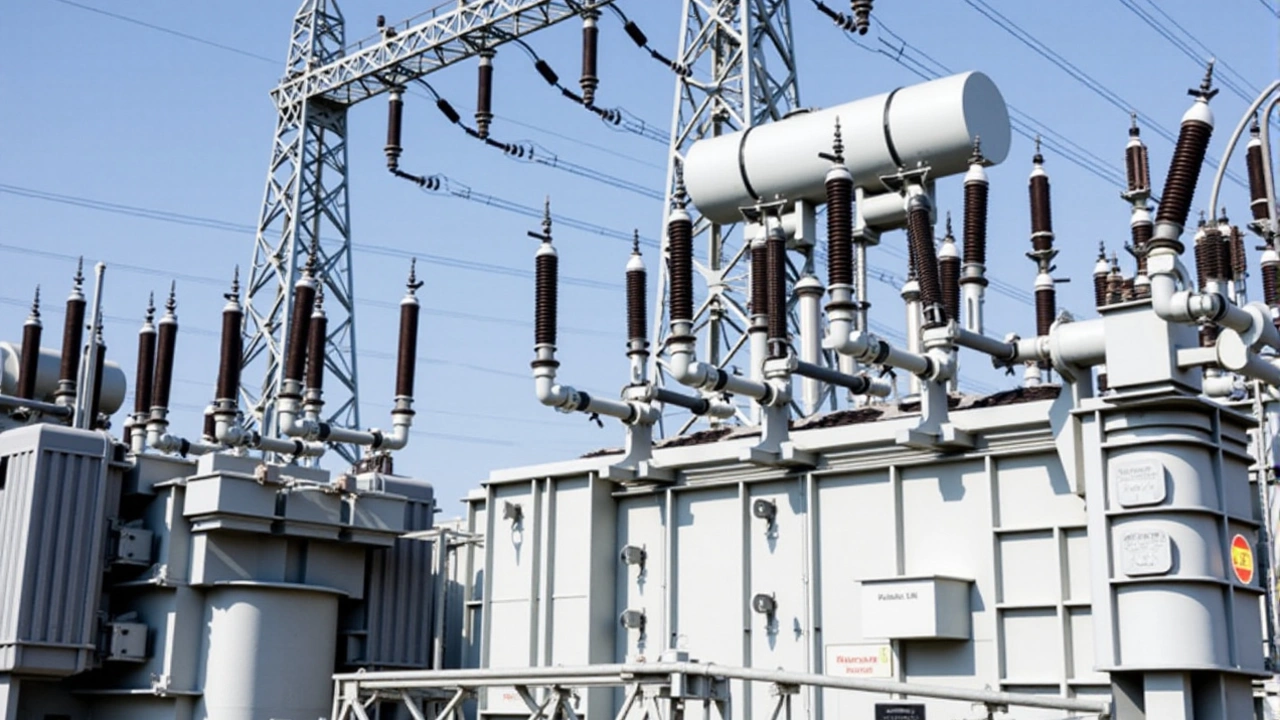Understanding the National Grid and Its Role in Africa's Energy Landscape
The national grid is more than just a technical term. It’s the backbone of a nation’s electricity supply, connecting power plants to homes, businesses, and everything in between. In Africa, a continent rapidly growing and modernizing, the national grid plays a critical role in powering development and daily life.
But why should you care about the national grid? Well, power outages, energy costs, and renewable integration all link back to how effectively a country manages its grid. Many African nations face unique challenges like outdated infrastructure, uneven access, and rising demand.
Challenges Facing Africa’s National Grids
Infrastructure issues are a big hurdle. Many grids suffer from old equipment that struggles to keep up with growing populations. This leads to frequent blackouts that disrupt homes and businesses. Plus, rural areas often lag behind urban centers in receiving reliable electricity, slowing down development outside the cities.
Another challenge is the integration of renewable energies like solar and wind. These sources can be unpredictable, making it tough to balance supply and demand on traditional grids designed for steady power flow. Yet, embracing renewables is vital to reduce costs and support sustainable growth.
Progress and Innovations
Despite the challenges, there’s good news. Investments in smart grid technologies are picking up, improving how power is monitored and distributed. Countries are adopting better equipment and exploring off-grid solutions to reach remote communities. These efforts aim to create a more resilient and flexible power network.
Understanding the national grid’s importance helps highlight why news and updates on this topic matter. Whether it’s about policy changes, new projects, or technological breakthroughs, they all impact how Africans power their future. Stay tuned for the latest insights to see how the grid evolves and what it means for everyday life across the continent.

